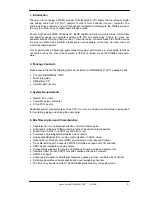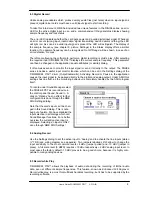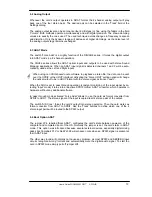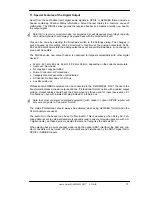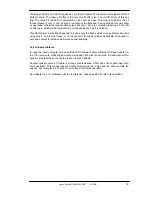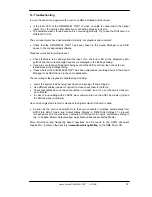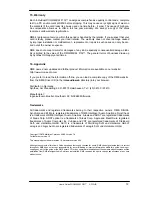
User's Guide
DIGI96/8 PST © RME
16
Working at 96 kHz and 24 bit requires a very fast computer. We recommend at least a G3/400
MHz machine. The reason for this is the very small buffer size in our ASIO driver at this set-
ting. The value 23 ms/32 bit is calculated on 44.1 kHz as base. This means at 96 kHz the ef-
fective latency is only 11 ms! At such a low latency the Mac has to be optimized for Low Laten-
cy operation, otherwise random click noises will occur. We are currently preparing a Tech Info
on this topic, which will be released on our website as soon as it is finished.
This ASIO driver works track dependent, it uses only the tracks which were activated. So when
using only 4 or 6 record tracks, or no inputs at all (mixdown) please deactivate all unused in-
puts and outputs to increase performance and reliability.
12.4 Known problems
In case the used computer has no sufficient CPU-power and/or sufficient PCI-bus transfer ra-
tes, then drop outs, crackling and noise will appear. We also recommend to deactivate all Plu-
gIns to verify that these are not the reason for such effects.
Another typical source of trouble is wrong synchronization. ASIO does not support asynchro-
nous operation. This means input and output signal must not only have the same sample fre-
quency, but must also be 'in sync' for error-free Full Duplex operation.
See chapter 12.2 for problems with too low latency, caused by 24 bit or 96 kHz operation.


